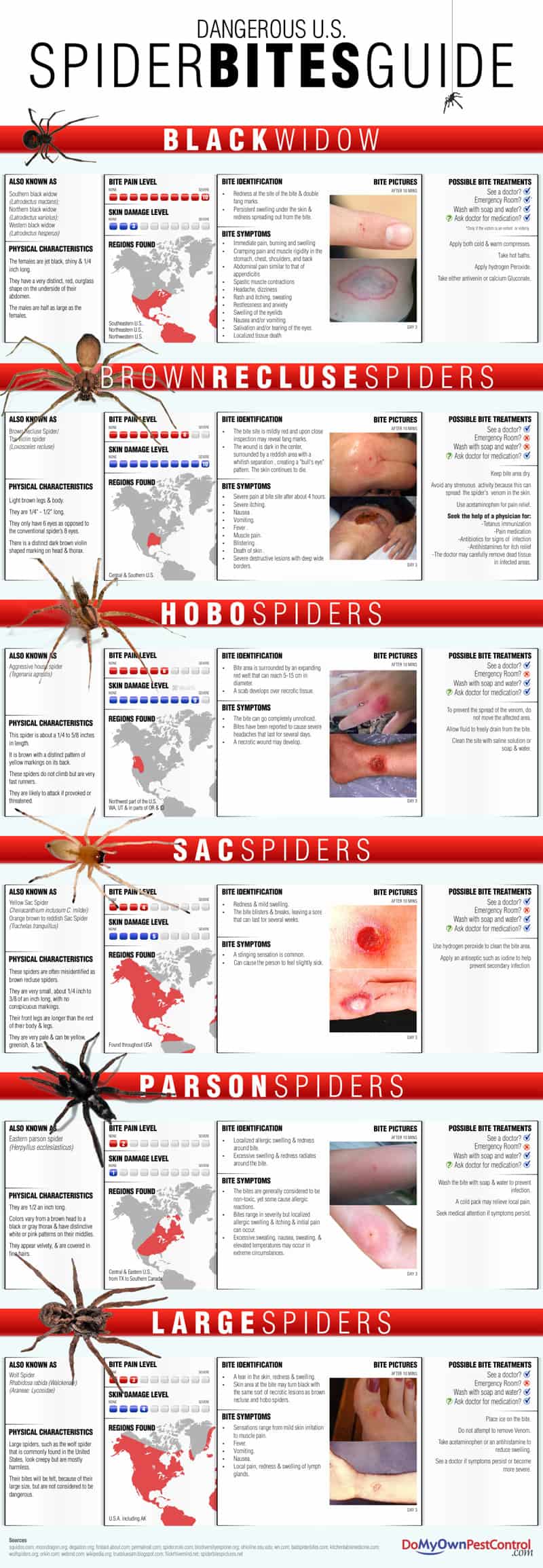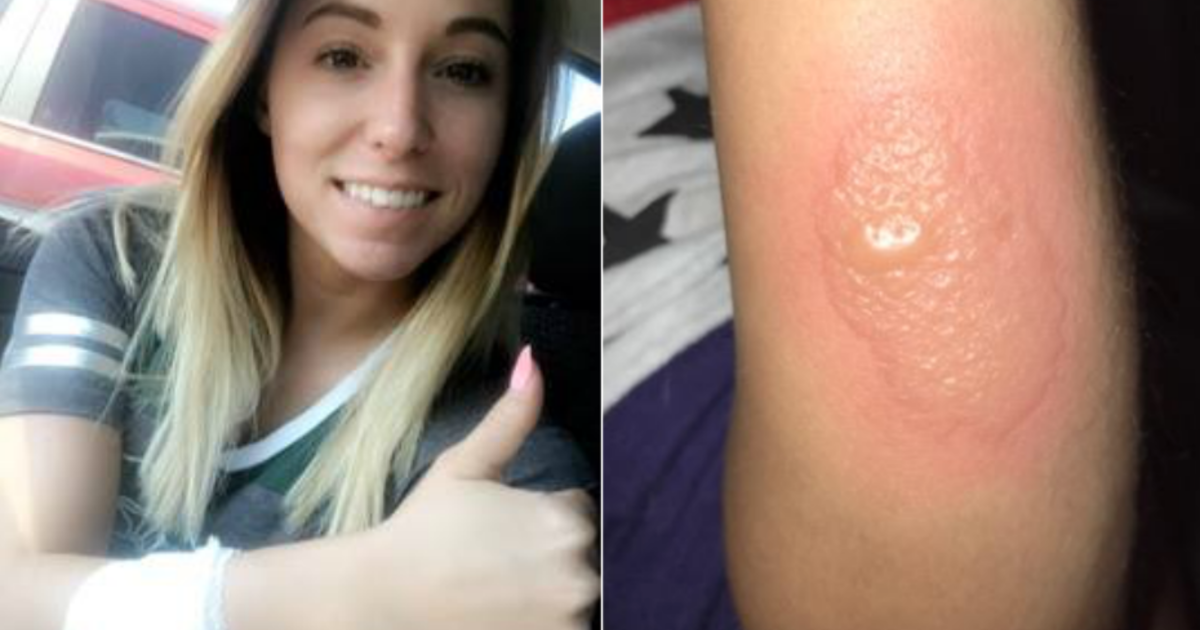Table Of Content

This is why it’s important to learn how to identify a spider bite, the symptoms you should look for, and how to quickly treat them at home if medical attention is not needed. House spider bites are generally not dangerous but can cause discomfort and irritation. Remember to seek medical attention if you experience severe symptoms after being bitten by a house spider and to always be aware of your surroundings when dealing with spiders. House spiders are small, eight-legged arachnids that are commonly found in homes. They are usually brown or gray in color and have long, thin legs. These spiders can be found in dark, quiet areas such as closets, basements, and attics.
Jumping Spiders
And no one living in those houses had ever shown evidence of a recluse bite. House spiders are common in many homes throughout the country. Despite this fact, most people cringe at the sight of a common house spider. Seeing a black or brown arachnid scampering across the floor or lurking in a dark corner can send you into a panic.
What to expect from your doctor
For pain and muscle spasms, your doctor might prescribe pain medicine, muscle relaxants or both. You may find them in dark, secluded areas like wood piles, corners of a structure, and debris piles. Elevate the area while you ice it if the bite is on a leg or arm.
Did a Wasp Sting Me? All About Treatment Options, Allergic Reactions, Home Remedies, and More
This can happen when someone rolls over in bed on top of a spider — or sits down on one, he says. “I’ve transferred spiders hundreds of times, and they’ll be running all over my arm and have no interest in biting,” he adds. The brown widow originated in the southern hemisphere and is found in warm climates. In the U.S., it was initially only seen in Florida, but by 2003, had spread across the southern states to California.

Identifying and Treating Spider Bites - Everyday Health
Identifying and Treating Spider Bites.
Posted: Wed, 05 Oct 2022 07:00:00 GMT [source]
Instead, wash the area with soap and water and keep it raised, if possible. Apply a damp cloth to reduce swelling, and seek medical attention as soon as possible. Almost every home has these creepy-crawly pests, and most human-spider contact happens at home with a house spider.
Black widow and brown recluse spider bites can cause more severe symptoms and, in rare cases, death, the Centers for Disease Control and Prevention say. If you're bitten by one of these spiders, you will need medical attention to treat the bite and its effects. Identifying spiders commonly found in homes is vitally important. Although most house spiders are not venomous, the common house spider is easily mistaken for the dangerous brown recluse. Additionally, the furry brown or black jumping spider looks frightening with its hairy body and white spots, but it is generally not harmful.
Spider Bites: How to Identify and Treat Them
Spider bites look different depending on the type of spider. Some spiders have fangs that leave a double mark behind, while others look more like a mosquito bite. Spider bites are typically red and swollen and may have blisters, pus, or discoloration. Tarantulas have venom, but it does not generally affect people unless you are allergic to it. You may feel a bit of stinging and have slight swelling following a bite. Follow first-aid guidelines and see a doctor if you have a tarantula bite.
In the United States, recluse and widow spiders pose the greatest threat. Although every spider species injects venom through their fangs to paralyze their prey, most spider venom isn’t strong enough to act as a toxin in humans. If your spider bite is minor, several home remedies and natural treatments may offer relief. But if the symptoms are more intense, or you suspect a venomous bite, call for medical attention. Skin rashes and sores, like boils from infections, are frequently misdiagnosed as spider bites. This is because of similar symptoms and the fact that there are no means to test for the presence of spider venom.
Keep an eye on any area of skin where you suspect a spider bite. Symptoms that get worse over time may indicate that you were bitten by a venomous spider or that the bite is infected. Experts aren’t sure how many people get spider bites every year.

The first signs of a black widow spider bite are usually a pinprick sensation, minor swelling, redness and a target-shaped sore, Medline Plus explains. Within 15 minutes to an hour, people may start to experience dull pain in a large area of their body, which may be in a different place depending on where they were bitten. Seek medical attention right away if you believe you’ve been bitten by a dangerous spider or if you are experiencing any of the symptoms above or skin infection at the bite area. If you believe you’re having some sort of allergic reaction to a house spider bite, this is also a sign to visit a doctor.
In the event of severe swelling, lesions or headaches, victims should immediately seek medical attention. If possible, take the spider along for proper identification. Knowing which common house spiders are dangerous will spare you from some stress and worry.
Reactions to bug bites and stings range from being very mild to wildly irritating to life-threatening. Black widow bites can in some cases cause skin lesions, ranging from small red marks to angry, red, streaky skin patches that are inflamed or contain pus. “But most of the reaction will be on the inside,” Vetter says. A wolf spider bite is similar to a pin-prick or bee sting.

No comments:
Post a Comment